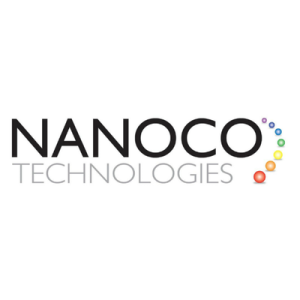A quantum dot is a semiconductor nanocrystal with unique properties distinct from bulk semiconductors or discrete molecules. The excitons are confined in all three spatial dimensions, lending to their optical and electrical properties that prove useful in biomedical imaging, as well as the possibility for use in electronic devices and solar energy systems.
Properties
Quantum dots are not all uniform and, as a result, the properties of a quantum dot can vary greatly depending on its individual size and shape.
Crystals smaller in size generally have a larger band gap, which means there is a greater difference between possible energy levels of the crystal. In this case, more energy is needed to excite the quantum dot and more is released when it returns to resting state. This affects the way the dots emit signals and may offer utility in medical or electrical fields today. When using fluorescent dye, for example, using smaller crystals would result in a shift in color from lower-energy red to higher-energy blue light.
Nanoco Group PLC (LON:NANO) leads the world in the research, development and large-scale manufacture of heavy metal-free nanomaterials for use in displays, lighting, vertical farming, solar energy and bio-imaging.


